![]()
On Monday, 11th March 1907, Thomas Dennison was brought before the magistrates at Haslingden after having been charged on suspicion of murdering his wife, Margaret Dennison at some point during the evening of Saturday, 9th March.
Standing before the bench and facing Alderman Hamilton (Chairman) as well as Messrs. Holt, Law and O.W. Porritt, Thomas showed little agitation and when asked if he had anything to say, he simply replied, “She did it herself. I never touched woman.”
Thomas, aged 49 and Margaret Dennison, aged 56 had only recently moved into the third floor of 10 Cob Castle, Hutch Bank the month before on the 2nd February having previously spent time at Hoyle’s lodging house in Haslingden. Both had travelled over from the suburban area of Idle in Bradford, Yorkshire during August of 1906.
On the afternoon of Saturday, 9th March, Thomas, whom had been employed as a stonemason by the Bury and District Joint Water Board to work on one of the reservoirs over Haslingden, Grane – after having arrived back home he gave his wife Margaret, 8 shillings to help buy groceries. He then went off to help some other men remove a hen-coop from an area known as Underbank and relocate it at Hutch Bank, both areas of which were close to where Thomas and Margaret lived.
By 5pm that afternoon, and having done his chores for the day, Thomas made his way to his local pub which was situated at the end of Cob Castle Road.
The Dyer’s Arms (also known as “the Flip”) was a small pub that saw plenty of trade by the way of local workers as it was nicely situated within the middle of what was a heavily saturated area of textile and cotton mills. The landlord was also the ninth Mayor of Haslingden, Robert Taylor.
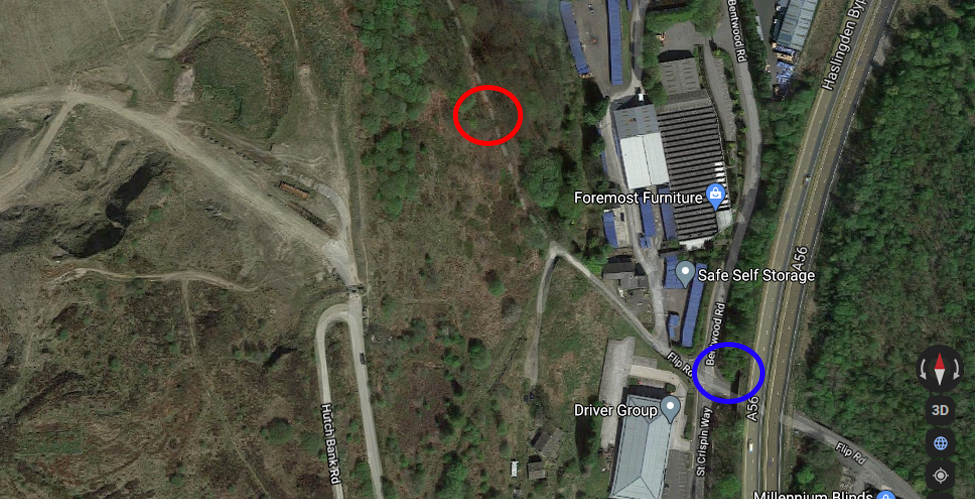
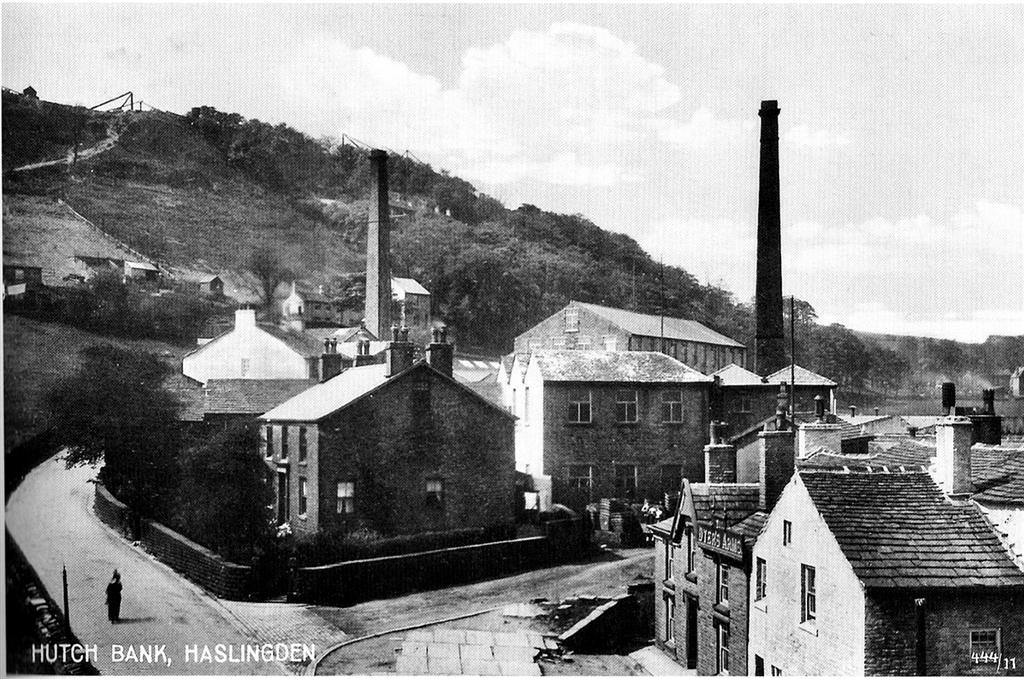
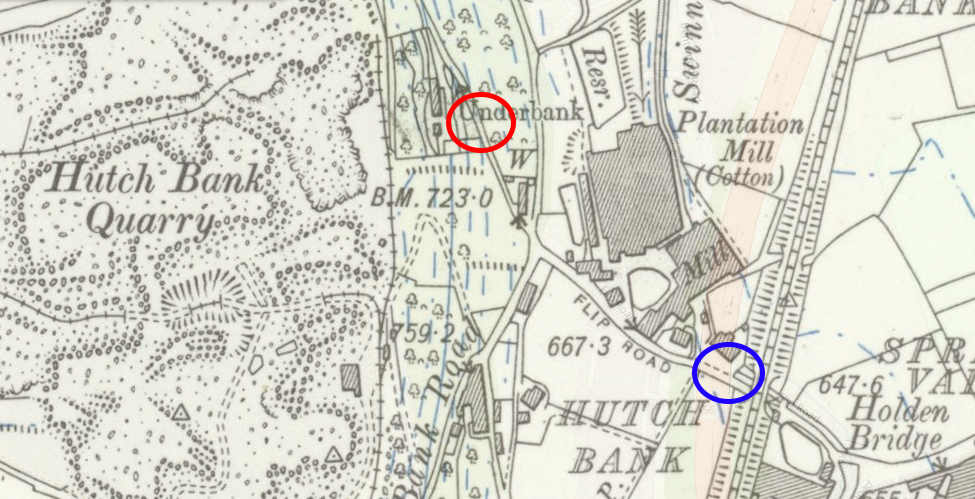
Thomas spent the next three or so hours drinking and singing, with one of his favourite songs being, “In days of old, when Knights were bold” and it wasn’t until just after 7.30pm that Margaret would come looking for him.
“Is Thomas ‘ere?” she asked Taylor, landlord, to which he replied, “Yes.”
Noticing how wet she was, as rain had been falling for pretty much the entirety of the day but had gotten much worse as the evening had worn on, he asked her if should would like to go into a room, presumably where there may have been a fire burning and she would have been able to keep warm.
“Aye, I will stay a minute.” she told Taylor.
Whilst the landlord went to fetch her husband, Margaret sat herself down and enjoyed a glass of stout which he had already poured for her.
Entering the taproom, Taylor informed Thomas that his wife was waiting for him in the next room and Thomas replied, saying he would first drink up his beer and then go.
Shortly after eight o’clock, Thomas and Margaret both left the Dyer’s Arms and began to make their way up the relatively steep incline that led to their home on Cob Castle Road.
It’s unclear as to what next happened between the couple as, within minutes of leaving the pub, Thomas was seen to be punching Margaret. 19 year old John Bridge, who lived at Hutch Bank told of leaving his house at around 8.05pm and as he went in the direction of Dyer’s Arms, he had seen Thomas seemingly beating Margaret close to Flip Road. Margaret fell to the ground but never called out.
With her head facing a wall, and lying on her right side, Thomas then kicked out at her.
John shouted over to Thomas, saying he should be ashamed of himself “payling” a woman like that. Looking up, Thomas shouted something back on the lines of “giving John the same as he had given her (Margaret)”.
Thomas left Margaret on the floor and started to make his way up the road and John would go on to help Margaret back up onto her feet and in doing so she said to John, “He has hoined me!”. Margaret then slowly began to stagger up the road, albeit using the wall as a support to stop her from falling over again.
John then made his way to the Dyer’s Arms where he would inform landlord, Robert Taylor, of what had just happened outside.
*hoined is another term used to describe the word punish.
Other witness had also come out of their homes with Sarah Bridge, wife of John, also seeing the savage beating Thomas was giving to Margaret.
She recalled hearing Thomas say that he would learn her (Margaret) over spending his wages but he seemed very eager to get her up off the ground to get her home.
Sarah went over to help Thomas lift her off the ground, with Thomas on one side of Margaret and Sarah on the other. However, as they got further up the road, Thomas seemingly struck Margaret with his right hand whilst holding her with his left. She didn’t fall or stumble. Thomas was still grumbling about his wages to which Sarah said to him “well, don’t hit her now. Talk to her in the morning.”
Thomas wouldn’t listen, instead he struck Margaret several times more and when Sarah left them, they were stood next to a well.
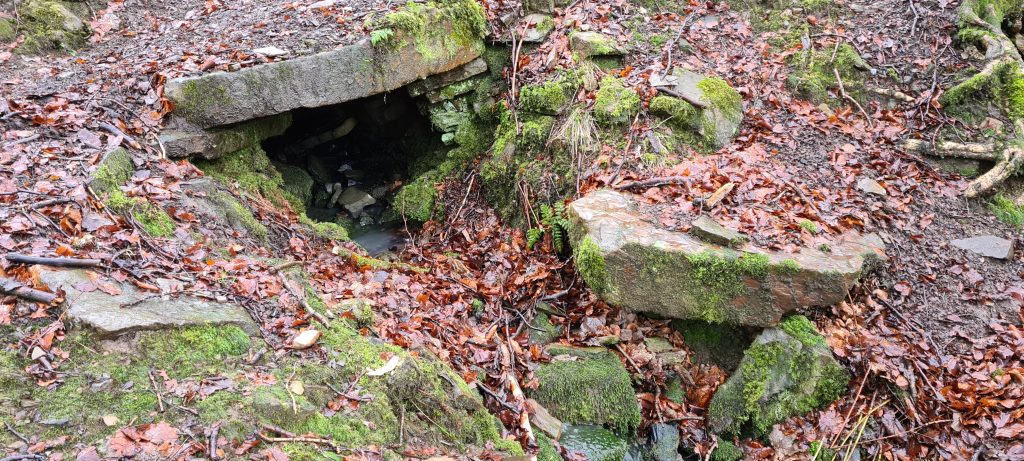
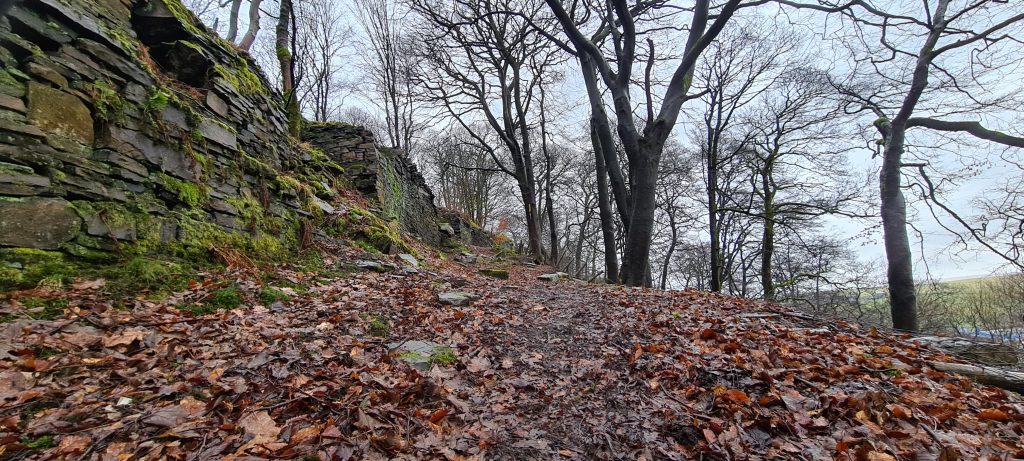
Sarah had only been back at her home for a few minutes before a neighbour, Mrs Altham came in and spoke of a commotion going on up the road.
Coming back out, Sarah made her way to Thomas and went to check on Margaret. “Oh, leave me alone” she told Sarah.
Thomas took hold of Margaret and seemed anxious to get her home, and at one point was seen dragging her up the road by her heels.
“Leave that woman alone! She is only a handful. If there is any law, I will go against you!” Sarah shouted over to Thomas.
Thomas muttered something back, but Sarah couldn’t make out what it was.
Meanwhile, two other witnesses were coming along the same road. Both William Haworth and James Cunliffe approached Sarah, Thomas and Margaret with Sarah telling them, “He has been kicking her!”
William Haworth was one of the men who Thomas had spent the early afternoon with when removing the hen-coop from Underbank and then a little later at around six o’clock, he also remembered seeing Thomas at the Dyer’s Arms.
William replied, “Give over, Tom”
Fearing that Thomas may turn against William, Sarah quickly interrupted with, “Don’t interfere between man and wife!”.
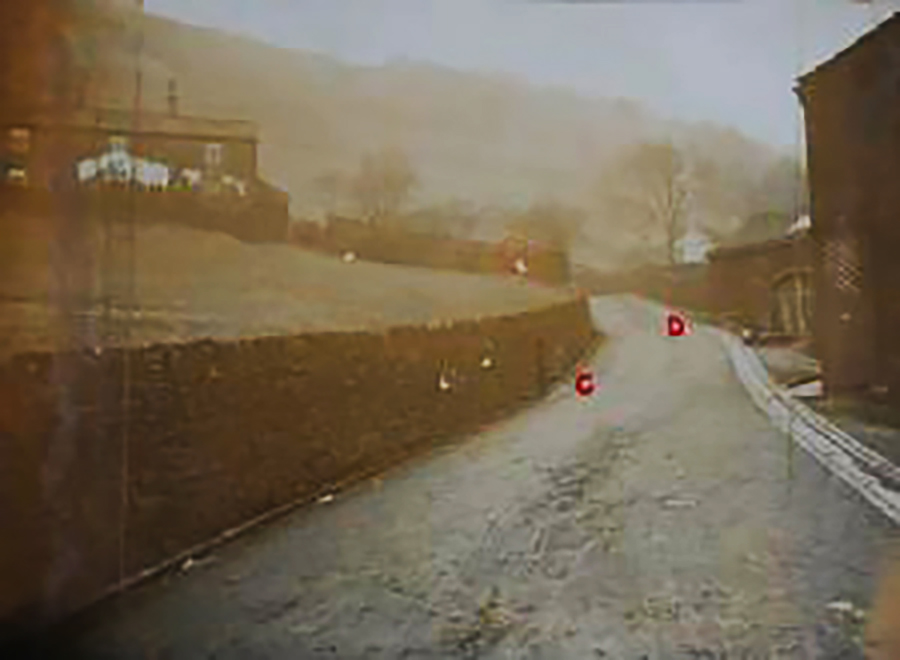

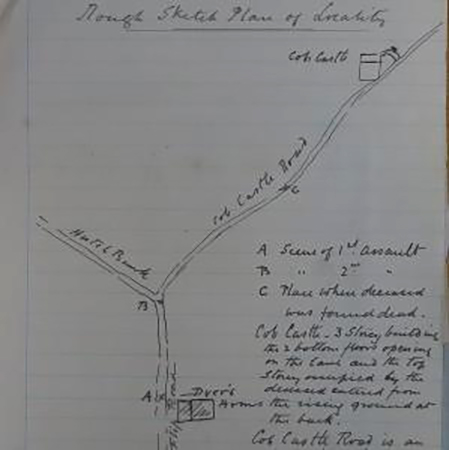
At this point, Thomas turned to the small group and said, “She has spent my wages.” before facing Margaret and threatening her. “I will learn thee!”
Thomas, again, began striking Margaret several times with his fist whilst trying to get her up the road.
What happened once Thomas and Margaret had disappeared out of sight and heading up towards Cob Castle Road is unclear, but at a quarter to eleven, and having left the Dyers’ Arms, James Cunliffe and John Bridge told the police that they had seen Margaret lying insensible in the road half-way up from where the Dyers’ Arms was. Thinking she was drunk, they walked past and left her there. She was just 120 yards from her own home.
The following morning, Thomas woke to find his wife missing. After getting dressed, he left his home and made his way down Cob Castle Road and that’s when he came across the body of Margaret.
Panic set in and not knowing what to do, he made his way over to his friend, William Nuttall who lived at nearby Todd Hall.
“I missed my wife and got up and went down the road and found her dead.” Thomas told William.
Obviously, William would have been in a state of shock and both men quickly made their way through a plantation which led out onto Cob Castle Road and to where Margaret’s body was lying.
Not too long after and at six 0’clock that morning, John Yates, who also resided at no 10. Cob Castle Road heard a banging on his door.
It was Thomas, who was visibly agitated.
“This is a caution!” he said. “I have been down the lane and she is dead. I have been over to Todd Hall to Bill Nuttall’s.”
“Who?___ th’ wife?” asked John. “If that be so, it is a caution. You will have to go after a policeman.”
Thomas heeded these words of advice and quickly made his way to Haslingden where he met P.C. Turner on Bury Road. It was just after 7am.
P.C. Turner and Thomas returned back to Cob Castle Road and up to where the body of Margaret was still lying. She was lying on her back with her head facing up the hill. Her face and clothing were covered in mud. Her clothes were also in a disarranged state. The top skirt was torn right down the center and her hat was lying about two yards higher up the road. Her shawl was torn in two pieces, and lying close to her hat.
Strangely, P.C. Turner would state on record that he saw no signs of a struggle, saying that the rain that had fallen throughout the night would have washed away any kind of evidence. Considering several witnesses, at least four that we now know off all saw Thomas punching and kicking Margaret; to say there were no signs of a struggle seems a strange statement to come out with.
P.C. Turner called for the advice of P.C. Fisher who arrived shortly after 8.30am. After examining the body, P.C. Fisher described as finding the body as being badly bruised with the head, face, arms and legs being bruised and discoloured. After making some enquiries, he charged Thomas on suspicion of having caused the death of his wife, Margaret, to which Thomas replied, “I have nothing to say. She has caused it herself.”



On Monday the 18th March, the hearing into the death of Margaret Dennison would take place in Haslingden. The hearing would last for just over eleven hours – with a 75 minute break for lunch and another 40 minutes for a tea break.
John Yates, Sarah Bridge, William Haworth and James Cunliffe, as well as several other witnesses would all be cross examined. Police Constables Turner and Fisher would also be called to the stands as would two more witnesses who would prove to be of importance – Joseph Connolley and James Perry.
Connolley was a masons labourer who resided at the Bird In Hand, Church Street and he would say that on the day of the tragedy, himself, and along with Thomas, both men left work at twelve noon and made their way to the Wellington Inn on Grane Road where they had two beers. Here they met James Perry.
At around 1.30pm and after leaving the Wellington Inn, all three men arrived at Cob Castle where they met Margaret. They stayed at Thomas’s house for around twenty minutes before making their way down to the Dyers’ Arms where all three had two more pints of beer. At around 2.30pm, Thomas went to help move the hen-coop we have already spoken about but he returned back at the Dyers’ Arms shortly around 5pm where he stayed until around 6pm and in that time he had drank a further four pints.
James Perry would verify the story that Joseph Connelley had given as evidence and added that whilst all three men where at Thomas’s house, he remembered seeing Thomas pass some money to Margaret and they were talking about furnishing their home.
The coroner was next to take to the stand and he would detail the injuries that Margaret had sustained.
The scalp of her head was beaten into a pulpy state. The skull was also fractured, and though it was difficult to surmise how that fracture occurred, the doctors view was that it was consistent with a kick from a boot. There was a cut three-quarters of an inch long on her head, and the body was covered over with a great mass of bruises. Both eyes were blackened, the cheeks were bruised, and there were marks on the under part of her arms, apparently inflicted when she was protecting her head. Under these circumstances it was not surprising that she had died.
The bench retired to for consultation and upon their return, the clerk read over to Thomas the charge of willfully murdering his wife.
Thomas stood in the dock and replied in a firm manner, “I am not guilty.”
The bench however seemed to wane and after some more consideration, they felt that after listening to all the witness statements and looking at the evidence put before them, they felt that no British jury would come to the conclusion that Thomas was indeed guilty of murder but only that of manslaughter.
Upon hearing this admission, one of Thomas’s daughters who had been listening intently throughout the hearing and who was nursing a child, fainted, and as she was taken from the Court, another of his younger daughters became hysterical and cried, “I want to go to my dad’s.” as she was led out.
Meanwhile, Thomas sat back down and a huge sigh of relief overcame him. Smiling, he looked up to the crowd in the gallery who clapping and showing their delight at the verdict in a loud fashion.
Thomas Dennison would be committed to the Manchester Assizes where the case would be heard before the Grand Jury on the 22nd April 1907.
Before Mr Joseph Pickford and the jury, Thomas was charged on two accounts. One of having murdered his wife and the other of the manslaughter of his wife, Margaret.
Mr. Pope and Mr. Hewart who represented the crown give a full and detailed description of the events of Saturday, 9th March and after hearing all of the evidence provided and listening to the witness statements from people such as those we have already spoken about, the jury would find Thomas guilty of the murder of his wife, Margaret.
However, the judge made a statement to the effect that he thought both Thomas and Margaret had been drunk on the evening of the attack and it was hard to find who was at fault for the events that took place
Mr Pope would spoke to the jury, saying that the case was one which had so many sordid details that it could affect ones view. He would also say that it could not be said that Margaret was drunk, and it could not be said that Thomas was very drunk. The assault was a continuous assault along the road.
Defending Thomas was Mr Gibbons. He would tell the jury that there was no real defense except for the fact that Thomas was a man of good character. He had been happily married for 30 years and had held a stable job for the same employer for the past 12 years. Whilst perhaps having the odd altercation with the police for being drunk, he was otherwise a friendly character.
Mr Pickford told the jury that whilst he could not instruct them on which verdict to give, he made it clear to them that they had to be sure if what had happened on the 9th March was indeed a case of murder or manslaughter. Mr Pope in summing up, himself, announced that there was no evidence to convict Thomas of willful murder and that a verdict of manslaughter would be the best recourse. He would argue that Thomas never meant to kill his wife but drink was to blame. Whilst he may not have been totally drunk, he was sufficiently drunk to not really be conscious of what he was doing.
In what may seem a strange statement to make, Mr Pope went on, saying to the jury that whilst Thomas WAS conscious of kicking Margaret, was conscious of beating her – he wasn’t conscious enough to realize the full extent of the injuries he was inflicting upon her.
In a conflicting way, Mr Pope, it seems, tried to pass the blame over to Margaret by commenting that she was “probably not sober, although probably not drunk.” And one newspaper, the Haslingden Gazette even reported that “..the wife was in some small measure to blame, because she herself might have annoyed him by having taken too much drink.“
Mr Pope would also ask Thomas to plead guilty to the charge of manslaughter, which would obviously lead to a lighter sentence other than death by hanging. Thomas seemingly didn’t need asking twice and agreed to the charge asked of him.
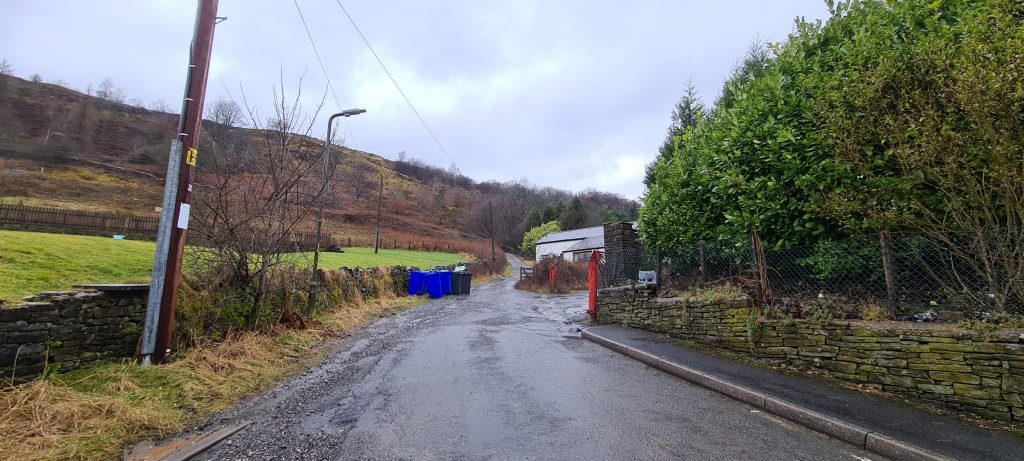
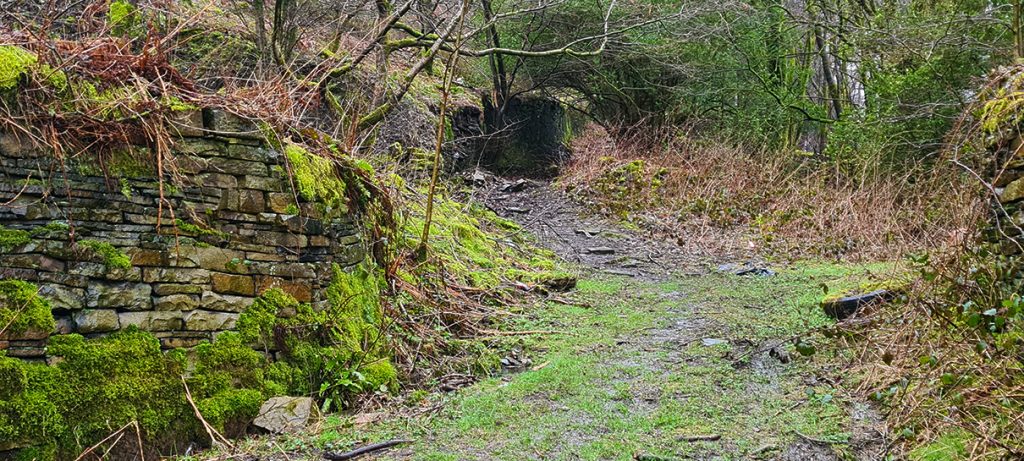
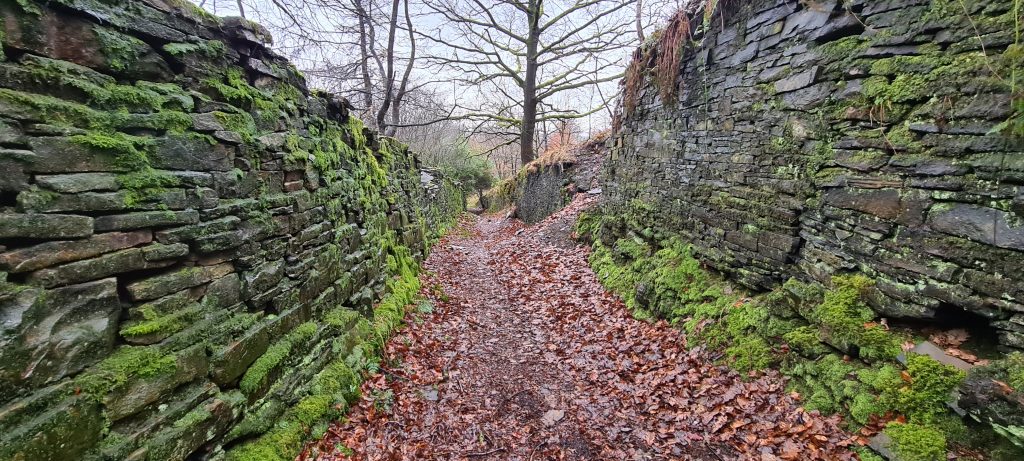
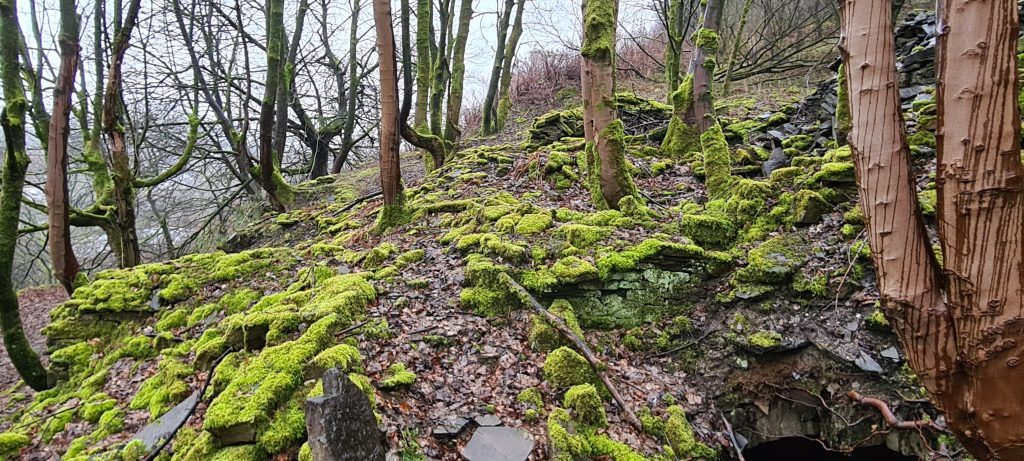
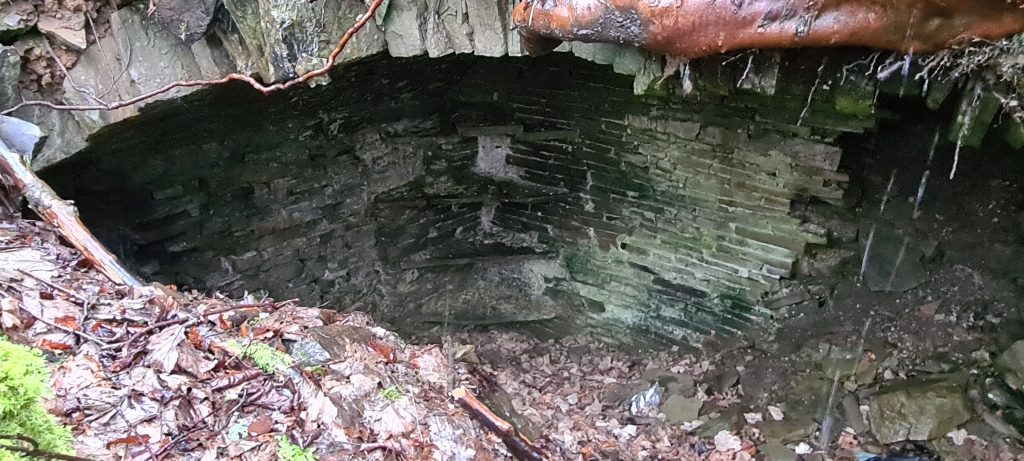
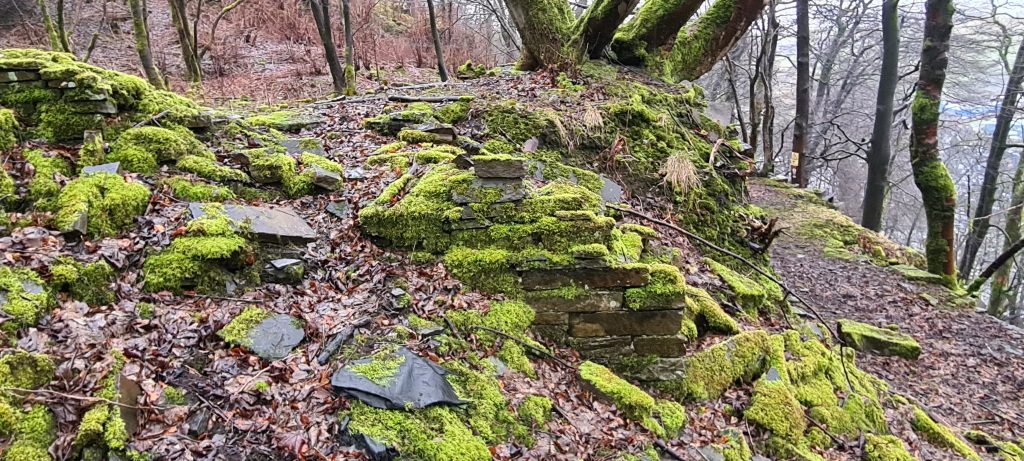
In summoning up, Mr Pickford also raised questions as to the manner of the witnesses actions on the evening of the attack and hoped they were all telling the truth as to what really happened because if they thought Thomas was intending to hurt Margaret, then their actions was callous and bad in the extreme. Why didn’t they help the woman up off the road? Why didn’t they separate Thomas and Margaret when he was beating her? Why didn’t they take Margaret into one of their own homes to protect her?
The jury, after retiring, came back into court and the verdict of manslaughter, as thought would be the case, was given.
Taking Thomas’ relatively good character into consideration and after hearing all of the evidence laid before him, Mr. Pickford would sentence Thomas to just twelve years penal servitude for causing the death of his wife, Margaret Dennison.
Looking at this story, it seems incredible that, although its clearly obvious that both parties had been drunk on the evening the tragic event took place, Margaret was at one point actually being blamed for potentially provoking Thomas into such a frenzied attack upon her.
It’s a sad story and one that could so easily have been averted if only one of the witnesses had stepped in to help.
Margaret’s funeral would take place at 2.00pm on Thursday, March 14th. Attended by her two daughters, her body would be interred within the grounds of Haslingden Cemetery, Grane Road, her grave marked as C1000.
Sources used in this story;
Haslingden Gazette – Saturday 16 March 1907
Bradford Weekly Telegraph – Friday 15 March 1907
Huddersfield Daily Examiner – Wednesday 13 March 1907
Shipley Times and Express – Friday 26 April 1907
Manchester Evening News – Thursday 14 March 1907
+ many more courtesy of the British Newspaper Archive – www.britishnewspaperarchive.co.uk
Please follow me on social media;
Twitter – https://twitter.com/dohpods
Instagram – www.instagram.com/dohpods

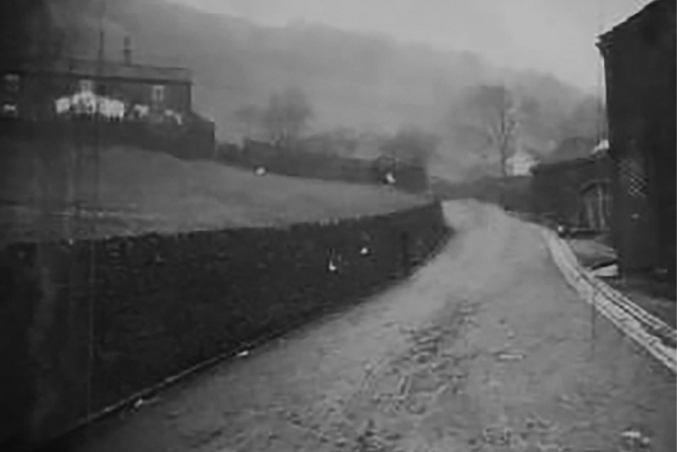
Leave a Reply to Anne Cancel reply